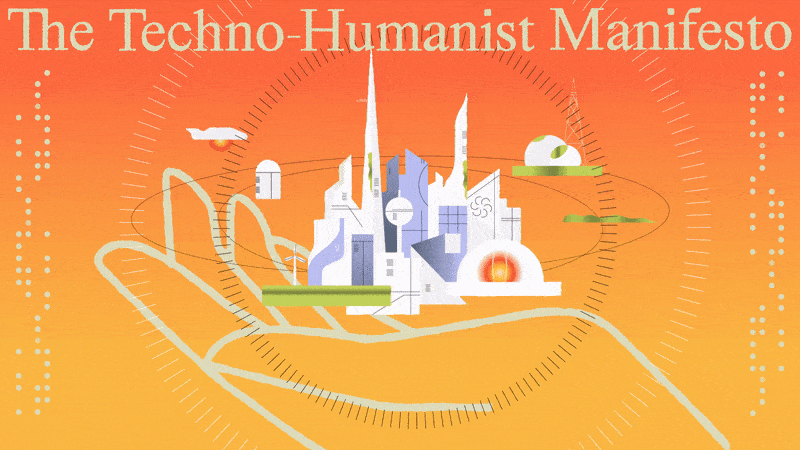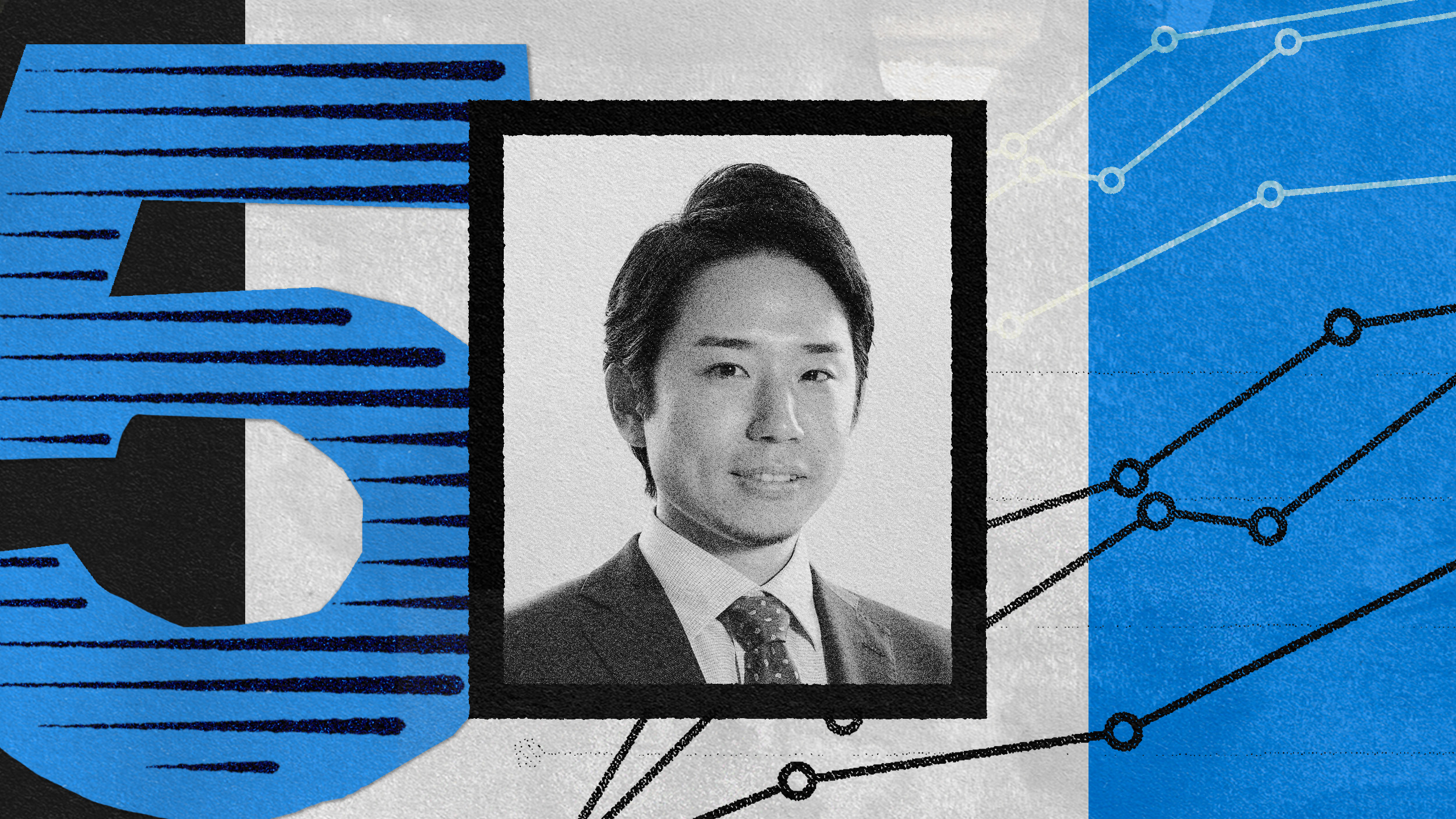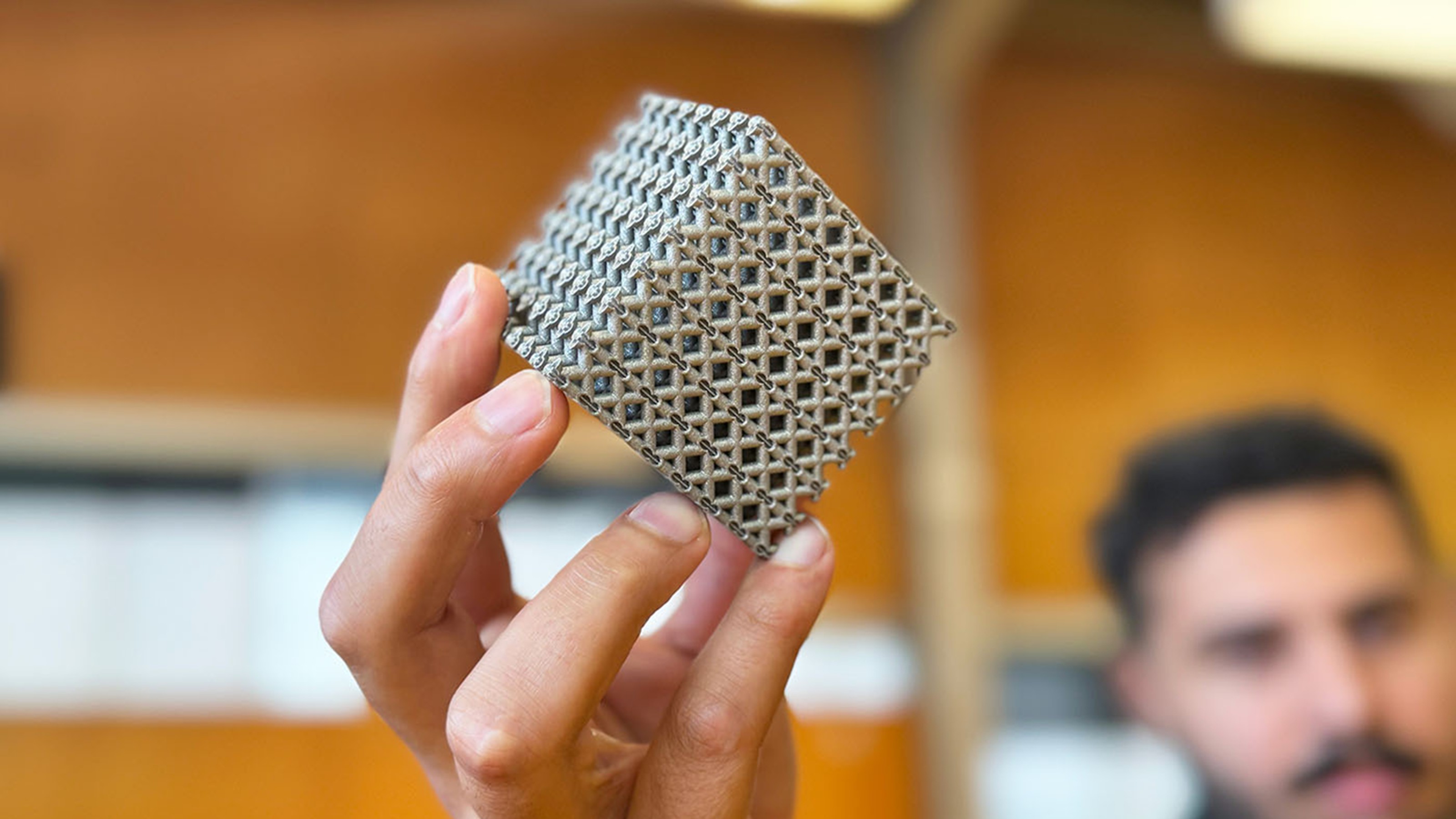The Ten Principles of 3D Printing

This article is an excerpt from Hod Lipson and Melba Kurman’s new book Fabricated: The New World of 3D Printing.
Predicting the future is a crapshoot. When we were writing this book and interviewing people about 3D printing, we discovered that a few underlying “rules” kept coming up. People from a broad and diverse array of industries and backgrounds and levels of expertise described similar ways that 3D printing helped them get past key cost, time and complexity barriers.
We have summarized what we learned. Here are ten principles of 3D printing we hope will help people and businesses take full advantage of 3D printing technologies.
Principle one: Manufacturing complexity is free. In traditional manufacturing, the more complicated an object’s shape, the more it costs to make. On a 3D printer, complexity costs the same as simplicity. Fabricating an ornate and complicated shape does not require more time, skill, or cost than printing a simple block. Free complexity will disrupt traditional pricing models and change how we calculate the cost of manufacturing things.
Principle two: Variety is free. A single 3D printer can make many shapes. Like a human artisan, a 3D printer can fabricate a different shape each time. Traditional manufacturing machines are much less versatile and can only make things in a limited spectrum of shapes. 3D printing removes the over- head costs associated with re-training human machinists or re-tooling factory machines. A single 3D printer needs only a different digital blueprint and a fresh batch of raw material.
Principle three: No assembly required. 3D printing forms interlocked parts. Mass manufacturing is built on the backbone of the assembly line. In modern factories, machines make identical objects that are later assembled by robots or human workers, sometimes continents away. The more parts a product contains, the longer it takes to assemble and the more expensive it becomes to make. By making objects in layers, a 3D printer could print a door and attached interlocking hinges at the same time, no assembly required. Less assembly will shorten supply chains, saving money on labor and transportation; shorter supply chains will be less polluting.
Principle four: Zero lead time. A 3D printer can print on demand when an object is needed. The capacity for on-the-spot manufacturing reduces the need for companies to stockpile physical inventory. New types of business services become possible as 3D printers enable a business to make specialty — or custom — objects on demand in response to customer orders. Zero-lead-time manufacturing could minimize the cost of long-distance shipping if printed goods are made when they are needed and near where they are needed.
Principle five: Unlimited design space. Traditional manufacturing technologies and human artisans can make only a finite repertoire of shapes. Our capacity to form shapes is limited by the tools available to us. For example, a traditional wood lathe can make only round objects. A mill can make only parts that can be accessed with a milling tool. A molding machine can make only shapes that can be poured into and then extracted from a mold. A 3D printer removes these barriers, opening up vast new design spaces. A printer can fabricate shapes that until now have been possible only in nature.
Principle six: Zero skill manufacturing. Traditional artisans train as apprentices for years to gain the skills they needed. Mass production and computer-guided manufacturing machines diminish the need for skilled production. However traditional manufacturing machines still demand a skilled expert to adjust and calibrate them. A 3D printer gets most of its guidance from a design file. To make an object of equal complexity, a 3D printer requires less operator skill than does an injection molding machine. Unskilled manufacturing opens up new business models and could offer new modes of production for people in remote environments or extreme circumstances.
Principle seven: Compact, portable manufacturing. Per volume of production space, a 3D printer has more manufacturing capacity than a traditional manufacturing machine. For example, an injection molding machine can only make objects significantly smaller than itself. In contrast, a 3D printer can fabricate objects as large as its print bed. If a 3D printer is arranged so its printing apparatus can move freely, a 3D printer can fabricate objects larger than itself. A high production capacity per square foot makes 3D printers ideal for home use or office use since they offer a small physical footprint.
Principle eight: Less waste by-product. 3D printers that work in metal create less waste by-product than do traditional metal manufacturing techniques. Machining metal is highly wasteful as an estimated 90 percent of the original metal gets ground off and ends up on the factory floor. 3D printing is more wasteless for metal manufacturing. As printing materials improve, “Net shape” manufacturing could be a greener way to make things.
Principle nine: Infinite shades of materials. Combining different raw materials into a single product is difficult using today’s manufacturing machines. Since traditional manufacturing machines carve, cut, or mold things into shape, these processes can’t easily blend together different raw materials. As multi-material 3D printing develops, we will gain the capacity to blend and mix different raw materials. New previously inaccessible blends of raw material offer us a much larger, mostly unexplored palette of materials with novel properties or useful types of behaviors.
Principle ten: Precise physical replication. A digital music file can be endlessly copied with no loss of audio quality. In the future, 3D printing will extend this digital precision to the world of physical objects. Scanning technology and 3D printing will together introduce high resolution shapeshifting between the physical and digital worlds. We will scan, edit, and duplicate physical objects to create exact replicas or to improve on the original.
Some of these principles already hold true today. Others will come true in the next decade or two (or three). By removing familiar, time-honored manufacturing constraints, 3D printing sets the stage for a cascade of downstream innovation. In the following chapters we explore how 3D printing technologies will change the ways we work, eat, heal, learn, create and play. Let’s begin with a visit to the world of manufacturing and design, where 3D printing technologies ease the tyranny of economies of scale.
Excerpted with permission from the publisher, Wiley, from Fabricated: The New World of 3D Printing by Hod Lipson and Melba Kurman. Copyright © 2013.





